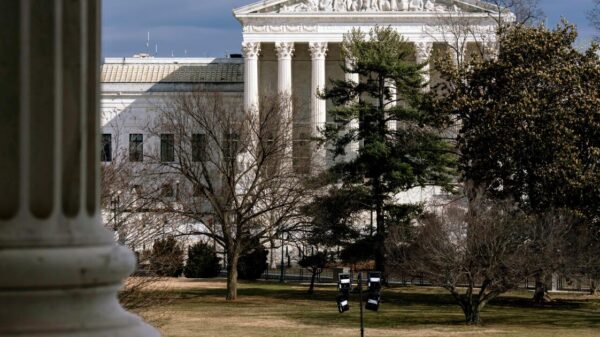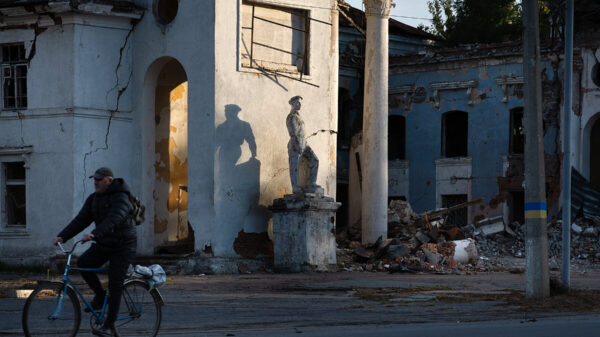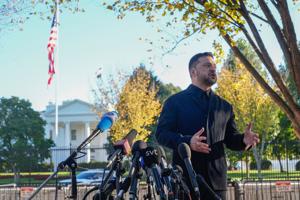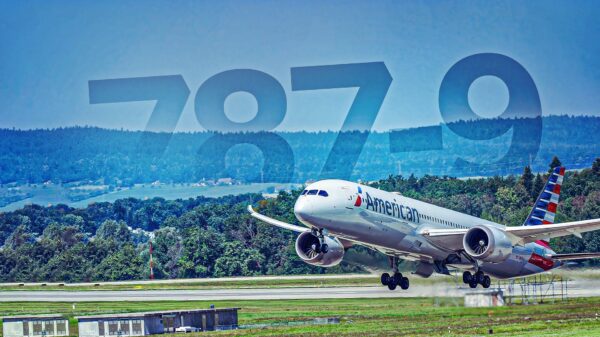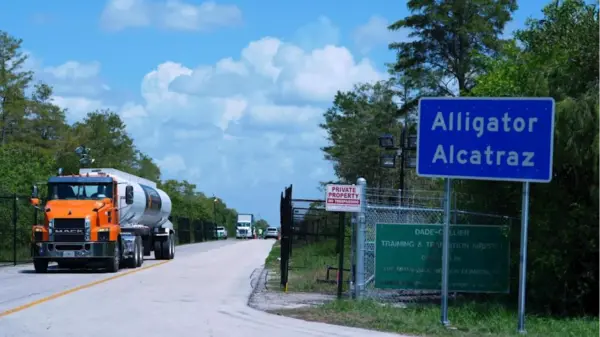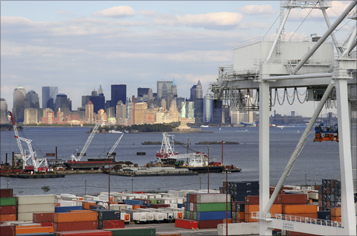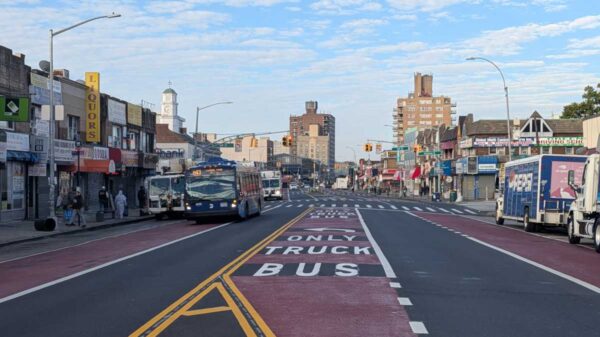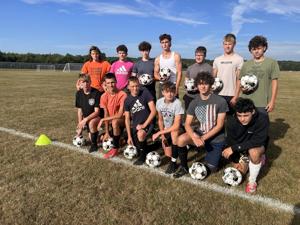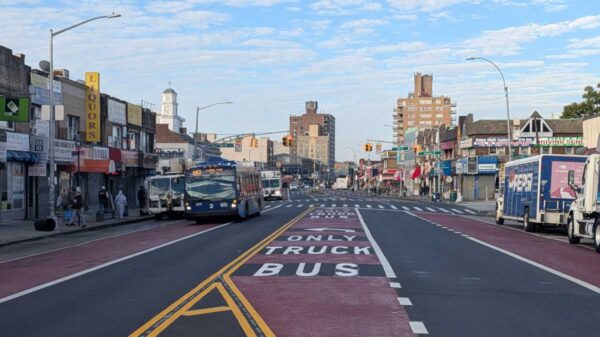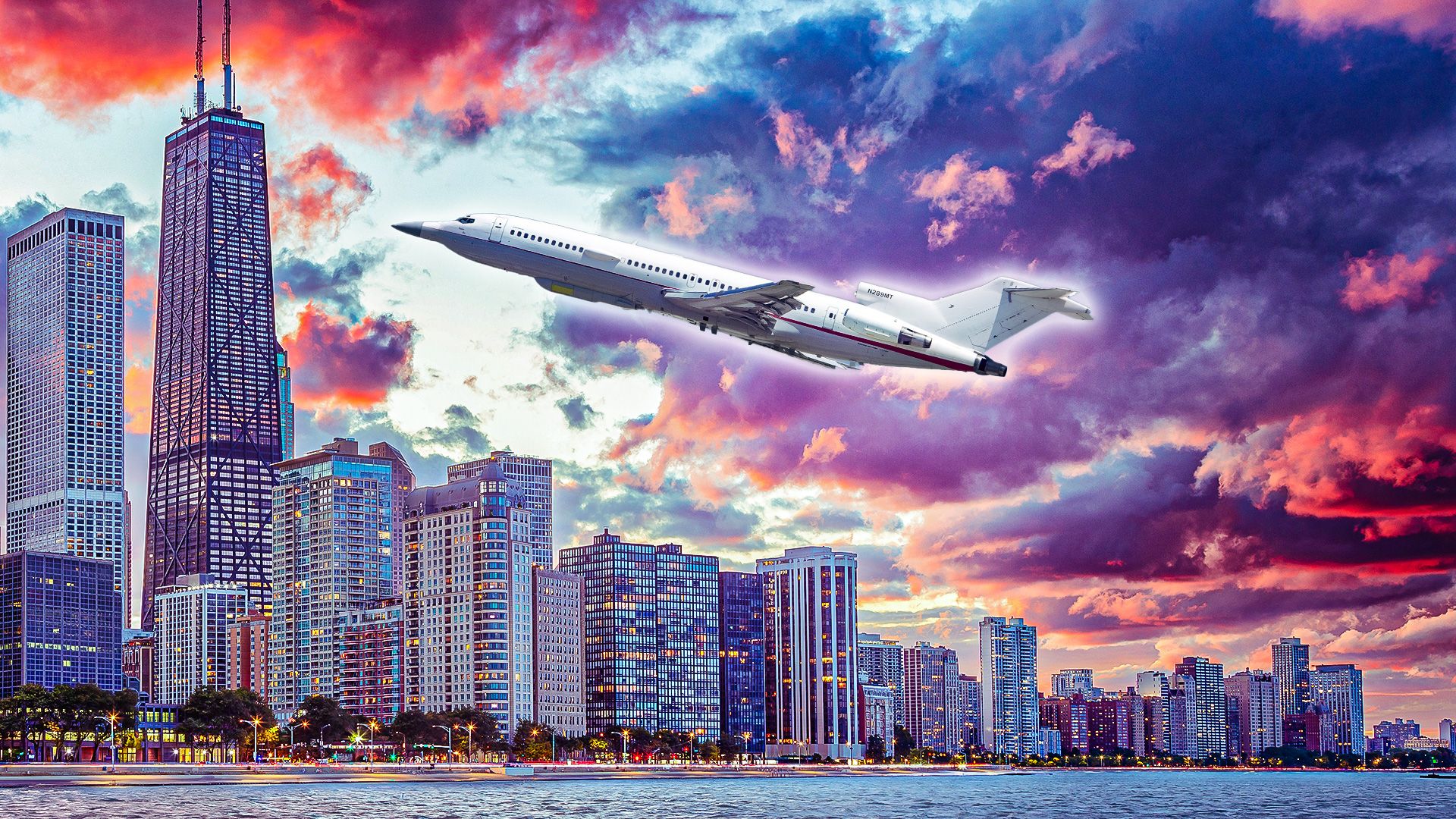The transformation of Meigs Field, once a vibrant airport in Chicago, into Northerly Island Park marks a significant shift in urban land use and priorities. Opened in 1948, Meigs Field was renowned for its stunning views of the Chicago skyline and Lake Michigan, attracting pilots and aviation enthusiasts alike. However, in 2003, the airport was abruptly closed, paving the way for its evolution into a public park, which now serves as a green space for the community and a venue for cultural events.
A Historic Airport with a Rich Legacy
Meigs Field was not merely an airport; it was a vital part of Chicago’s transportation network. Located on a peninsula jutting into Lake Michigan, the airport featured a single 3,000-foot runway that provided easy access to the bustling downtown area. It became especially popular among business travelers and private pilots, and gained international recognition when it was featured as the default airport in Microsoft Flight Simulator 2000.
The appeal of Meigs Field lay in its proximity to the city and its picturesque landing approaches, making it a beloved location for both recreational aviators and professionals. Its closure came as a shock to many, particularly because it was executed without any prior warning to pilots or city officials. Under the leadership of then-Mayor Richard M. Daley, the airport was demolished in a controversial operation dubbed “Daley’s Midnight Raid.”
On March 30, 2003, construction crews arrived in the dead of night to render the runway unusable, leaving several aircraft stranded. The decision was publicly justified by concerns over safety risks linked to the September 11 attacks, but it ignited a fierce backlash from the aviation community. Many viewed the closure as a breach of trust and an erasure of an essential urban infrastructure.
The Emergence of Northerly Island Park
Following the airport’s closure, the city seized the opportunity to transform the land into a public park. The vision was inspired by Daniel Burnham‘s original plan for a green lakefront, which aimed to make urban spaces accessible to all. By 2005, the park was officially inaugurated as Northerly Island Park, focusing on ecological restoration and community engagement.
Spanning 91 acres, the park features a variety of landscapes, including wetlands, native prairies, and walking trails, which replaced the airport’s taxiways and hangars. Contributions from local environmentalists and the architecture firm Studio Gang helped create a space that emphasizes biodiversity and climate resilience. This area now includes a five-acre lagoon and paths for pedestrians and cyclists, making it a hub for outdoor activity.
The park’s northern section also hosts the Huntington Bank Pavilion, a seasonal outdoor concert venue that attracts thousands of visitors annually, further integrating cultural experiences into the natural environment. Additionally, the planetarium located on the peninsula enhances the educational aspect of the park.
For many aviation enthusiasts, Meigs Field remains a cherished memory, symbolizing an era of accessible private air travel. Its legacy continues to resonate through popular culture, having appeared in numerous films and simulations that introduced generations to the joys of flying.
Lessons Learned from the Meigs Field Experience
The transition from airport to park serves as a case study in urban development, highlighting the complexities of balancing public interests and stakeholder needs. The abrupt closure of Meigs Field underscored the vulnerabilities of urban airports, especially when decisions are made without adequate consultation with the aviation community.
Urban planners often reference Northerly Island Park as a model for ecological reclamation, showcasing how former transportation infrastructures can be repurposed for community benefit. The design efforts prioritize natural water management and biodiversity, demonstrating that urban spaces can adapt to evolving environmental challenges.
As cities grow and change, questions of land use become increasingly pertinent. How should urban areas balance legacy infrastructures with the pressing need for green spaces? The experience of Meigs Field illustrates the difficulties in achieving this balance, as the city opted for public access and environmental preservation over aviation needs.
The ongoing debate surrounding the potential return of a facility like Meigs Field remains alive among aviation enthusiasts and city planners. While the idea of a lakefront airport seems unlikely given the current regulatory landscape and community priorities, it reflects a broader tension between urban development and environmental sustainability.
As urban landscapes continue to evolve, the story of Meigs Field and Northerly Island Park serves as a reminder of how cities can adapt, reflect on their past, and prioritize the needs of their communities. While the airport may never return, its impact on Chicago’s identity and urban planning discussions will endure.
Today, Northerly Island stands as both a tribute to the history of aviation in Chicago and a beacon for future urban spaces that prioritize ecological integrity and community engagement.



